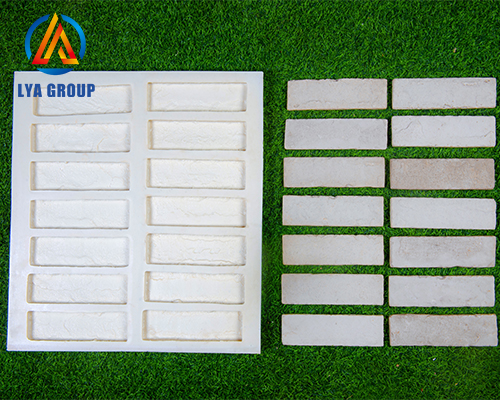Overview of Artificial stone mold
News 2024年1月30日 151

Artificial stone molds are used in the production of artificial or cultured stone, which is a man-made material designed to resemble natural stone. These molds are used to create the desired shape and texture of the artificial stone. Here’s some information about artificial stone molds:
Purpose: Artificial stone molds are used to cast artificial stone products, such as bricks, pavers, tiles, and decorative elements. They allow manufacturers to create consistent and uniform products with specific designs and textures.
Material: The molds are typically made from materials that can withstand the casting process and produce high-quality results. Common materials for artificial stone molds include silicone, polyurethane, fiberglass, and latex rubber. Each material has its own advantages and considerations in terms of durability, flexibility, and cost.
Design and Texture: Artificial stone molds come in various designs and textures to replicate the appearance of different types of natural stone. Manufacturers can choose from a wide range of mold designs, including cobblestone, slate, brick, and more. Textures can range from smooth surfaces to rough or weathered finishes, depending on the desired aesthetic.
Mold Production: Artificial stone molds can be produced through different methods. For example, silicone molds can be created by pouring liquid silicone rubber over a master mold, which is a model of the desired stone shape. The rubber cures and solidifies, forming a flexible mold that can be used for casting.
Mold Care and Maintenance: Proper care and maintenance of artificial stone molds are essential for their longevity and performance. Molds should be cleaned thoroughly after each use to remove any residue or debris. Additionally, storing the molds in a cool and dry place can help prevent deterioration.
Mold Release Agents: To facilitate the release of the cast stone from the mold, manufacturers often use mold release agents. These agents create a barrier between the mold and the casting material, preventing them from sticking together. Different types of release agents, such as silicone sprays or liquid release agents, can be used depending on the specific mold material and casting material.